
An asset management system is a digital tool used to monitor, track, and optimise physical or digital assets. It helps the organisations to manage assets effectively from a centralised system.
The main purpose of the asset management system is to improve asset availability, reduce maintenance costs, automate simple tasks, and assist in the decision-making process. Replacing traditional methods like spreadsheets, it helps businesses to speed up operations and improve productivity.
In this guide, you will learn what is an asset management system, how it works step by step, its key benefits, along with its types and practical use cases in industries
An asset management system is a tool used by businesses to manage, monitor, and optimise their assets. The system not only lets organisations keep monitoring their assets but also helps to achieve better planning, operational efficiency, and improve productivity.Managing assets allows businesses to maximise their ROI and minimise losses. The system collects data from assets to help in making informed decisions, reducing costs. These systems work well when integrated with AI & IoT in Asset Management, which offer predictive maintenance and deep insights
An asset management system used by organisations to replace inefficient manual tracking methods like spreadsheets with an automated, more advanced, centralised system that offers several operational benefits. Let’s discuss the benefits of using an asset management system:
Effective asset management software helps to reduce costs in several ways. It monitors the usage and performance of equipment so that you can take action before problems occur in machines, which avoids major, costly breakdowns and better use of assets. Extending the lifespan of assets, reducing waste, and minimising unplanned downtime help companies to significantly reduce operating costs, as it is one of the core benefits of asset management software for small businesses.
As organisations expand their business and the need to track more assets manually becomes very difficult. That’s where the asset management is built to scale as your business expands, like adding new equipment to the premises, updating records, and all can be done without many changes in your system. Whether your business is expanding slowly or quickly, the system has the capability to grow at the same speed. It ensures consistency and accuracy, no matter how many machines or assets you are managing.
By automating the manual process and speeding up workflows, the asset management software saves time and minimizes human error. Automated workflow defines tasks like updating records, scheduling maintenance, and locating assets that can be done much faster. The system lets the employees focus on more valuable work. This boosts efficiency and productivity across teams, reducing delays.
Asset management systems give automated alerts and notifications for scheduled maintenance, repairs, and warranty expiration, which helps to prevent unexpected breakdowns and increase the life of equipment.
How Does an Asset Management System Work?
Everyone uses an asset management system in their business, but no one thinks about how asset management systems work, so in this section, you will get an idea about how does an asset management system works step by step:
The process starts by registering every asset in the system. Each item, whether physical or digital, is assigned a unique ID, often supported with barcodes, RFID tags, or QR codes. From this step, the tracking of assets will be initiated.
Once the asset is registered, all the data is stored in a cloud-based centralised platform. This allows the team to access real-time information across every department or location. It stores data like location, condition, and ownership for every asset, which is always visible and accurate.
With centralised access, the system begins constantly tracking asset status and movements. When the location, user, or condition is changed, it will automatically be updated in the system. This live monitoring ensures information accumulated during registration stays relevant and actionable over time.
Based on the tracking data, the system can now manage timely maintenance activities. Scheduled servicing, automated word orders, and alerts to extend the asset’s life. This stage depends heavily on monitoring to identify when intervention is needed.
As assets are tracked and maintained, the system collects performance, costs, and usage data. This information is used to generate reports and dashboards, which help management to find insights about the asset’s life, service-related details, and maximise return on investment.
There are several types of asset management systems which is designed to fulfil different business needs. Understanding these types helps you find the best asset management software features for your organisation. Let’s explore some most important types of ASM:
The IT Asset Management Software is developed to monitor and handle digital assets like software, hardware, and licenses. It assists organisations to ensure software compliance, manage renewals, track device usage, and secure cybersecurity. It also provides visibility into the full lifecycle of IT assets from installation to disposal. It is best work for those businesses that have a large amount of IT equipment and digital infrastructure to manage.
CMMS is created to speed up and automate maintenance activities. It handles work orders, tracks repairs, preventive maintenance, and improves equipment reliability. CMMS helps to reduce maintenance costs and extend asset life. This system works best for those businesses that need a maintenance-first approach and are able to meet industry compliance.
Inventory management software helps businesses track stock levels, location, and warehouse activities. It is useful for companies looking to track inventory without the complexity of full asset management. It supports efficient stock handling, order tracking, and storage control.
This software is best suited for industries like logistics, manufacturing, and retail.
The EAM is a robust system which is designed for large organisations with many assets used in multiple locations. It allows businesses to track, manage, and analyse assets throughout their entire lifecycle. The system helps in better decision-making around performance, repairs, and costs.
If you are looking for an effective asset management solution for better management, try Genic Assets Management Software Solutions!
The Asset Management System is used across many sectors that depend on physical and digital assets, some of which are:
Managing assets effectively is very important for business efficiency, but doing it manually takes lots of time, increases the chance of error. But with Genic Assets, you can manage your assets to speed up operations and maximise your return on investment:
An example of asset management is a company using software to track its machinery, schedule regular maintenance, monitor asset usage, and manage depreciation. This ensures the equipment runs efficiently and lasts longer.
Smart asset management uses technology like IoT, real-time tracking, and automation to monitor and manage assets more efficiently. It provides live updates, proactive alerts, and data-driven insights to support better decision-making and reduce manual work.
Asset management improves asset visibility, reduces downtime, lowers operational costs, enhances maintenance scheduling, and boosts overall productivity. It also supports better budgeting and helps maximise the return on investment over the asset’s lifecycle.
The main purpose of an asset management system is to help businesses track, monitor, and optimise assets across their lifecycle. It ensures better control, accurate data, improved planning, and informed decision-making.
Software asset management (SAM) tools help organisations monitor software licences, usage, compliance, and renewals. These tools prevent overspending on unused licences, ensure legal compliance, and improve software-related budgeting and planning.
Articles you might like
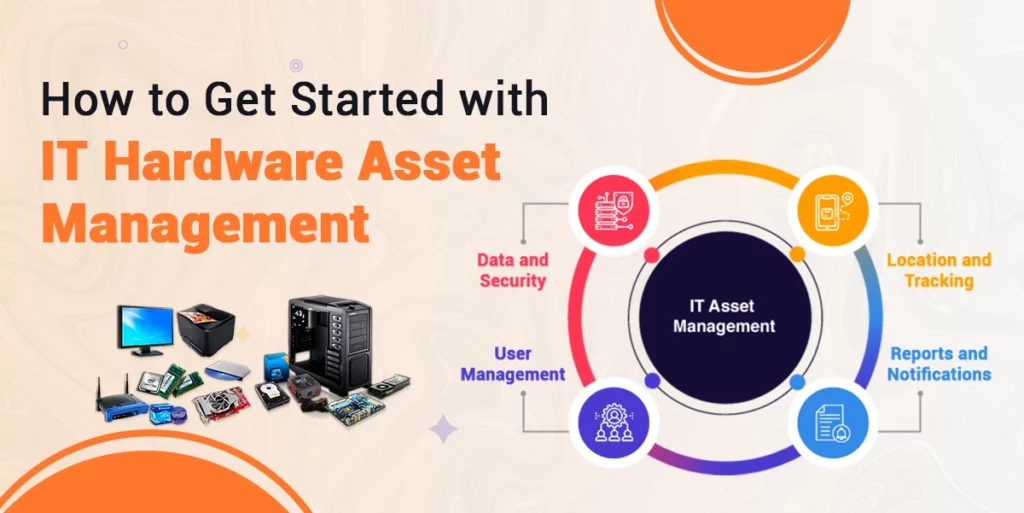
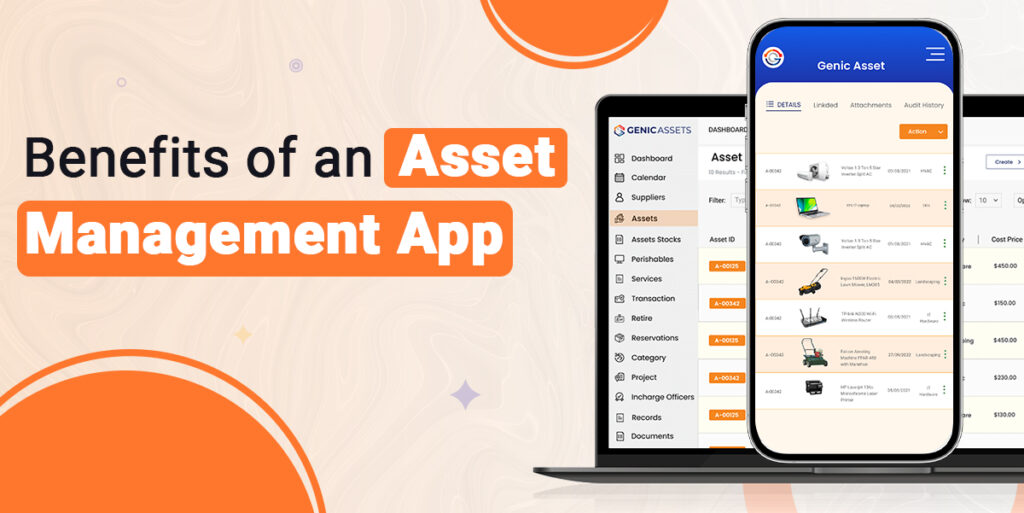


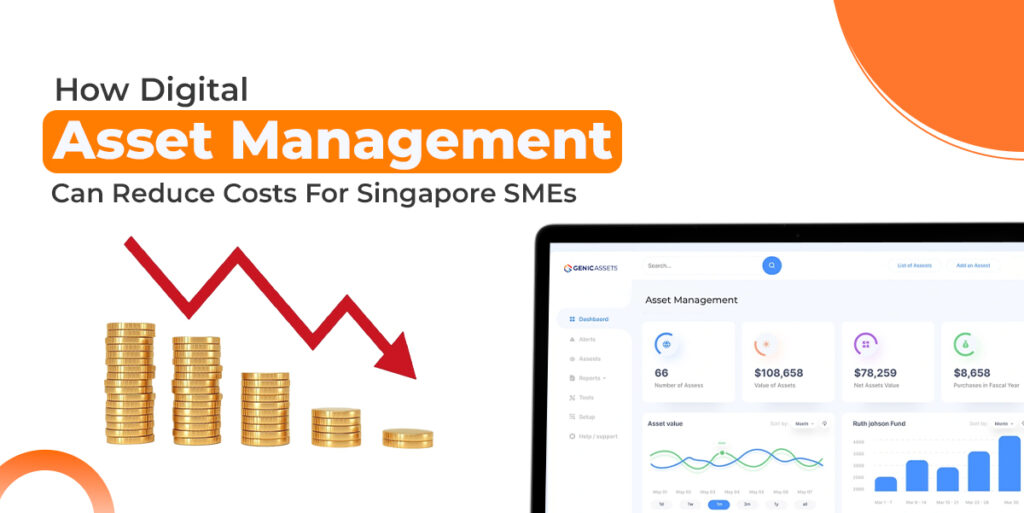

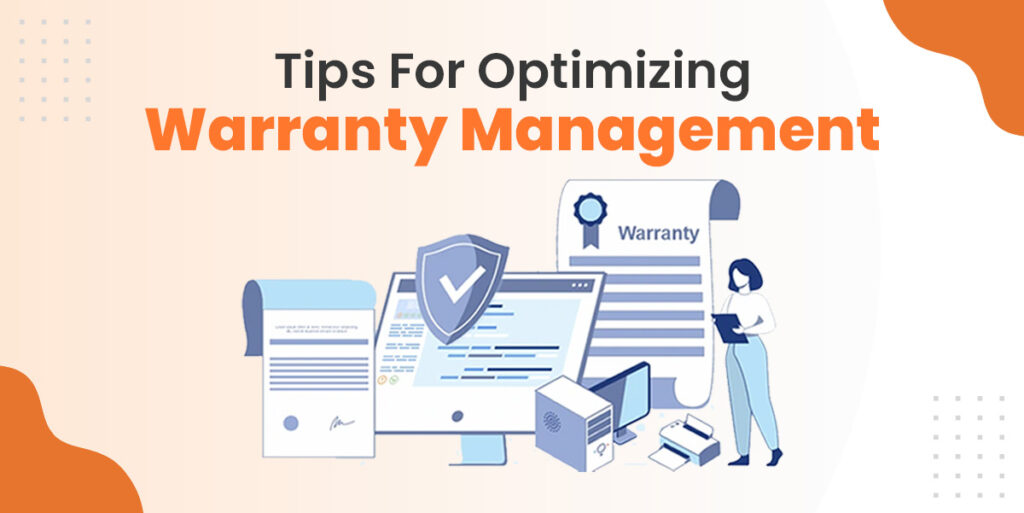
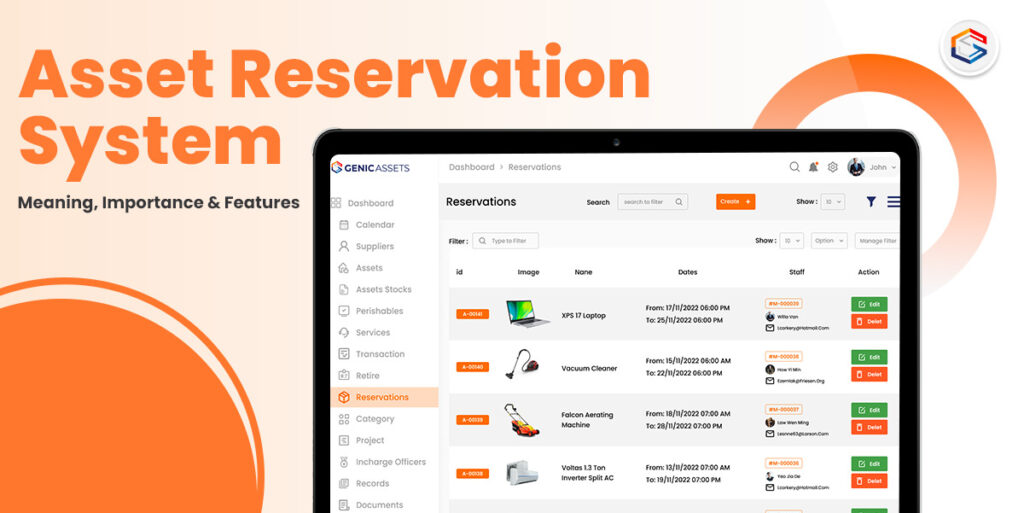
Genic Assets provide complete visibility, traceability, and accountability of your assets!
Get Started






